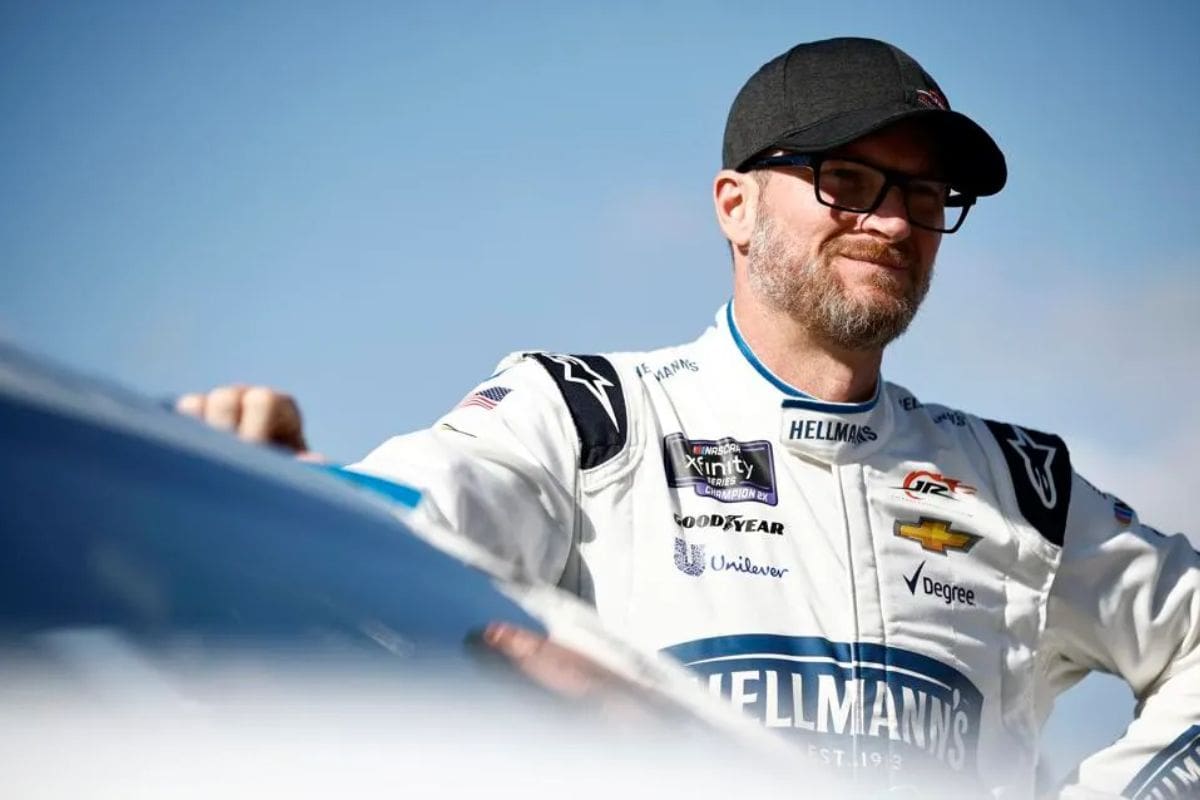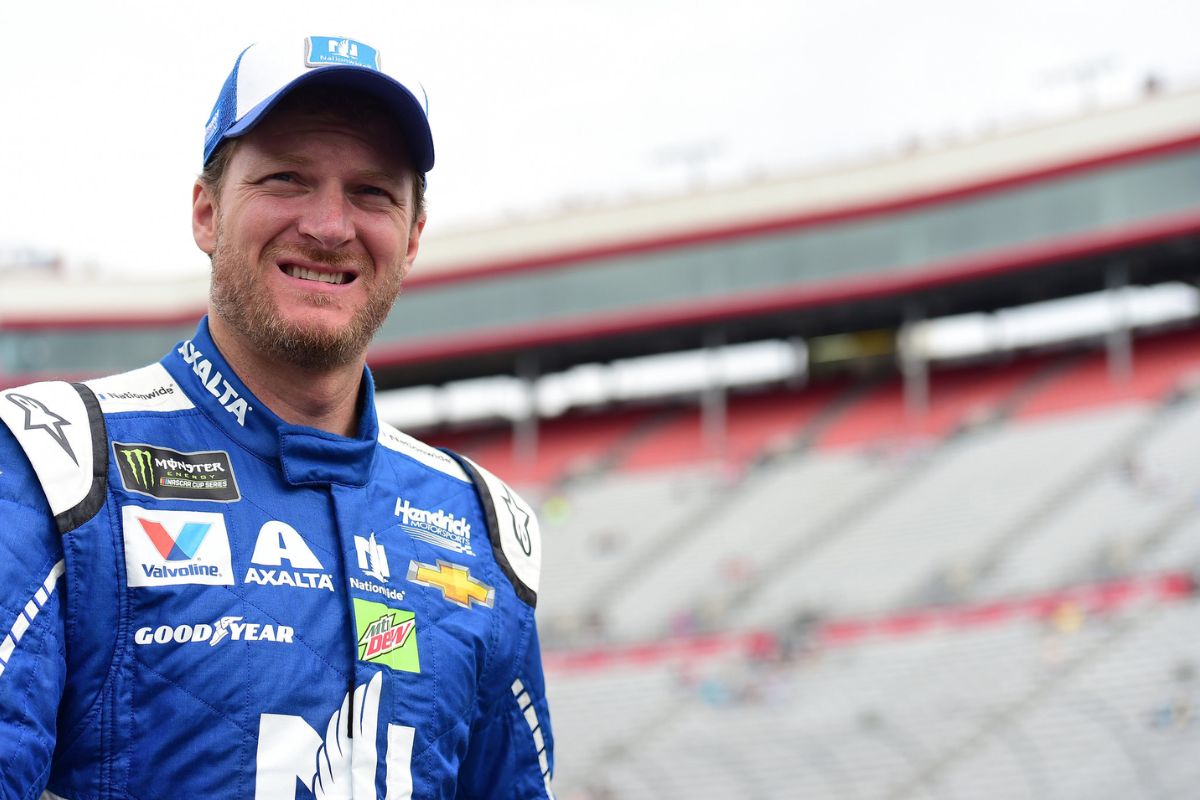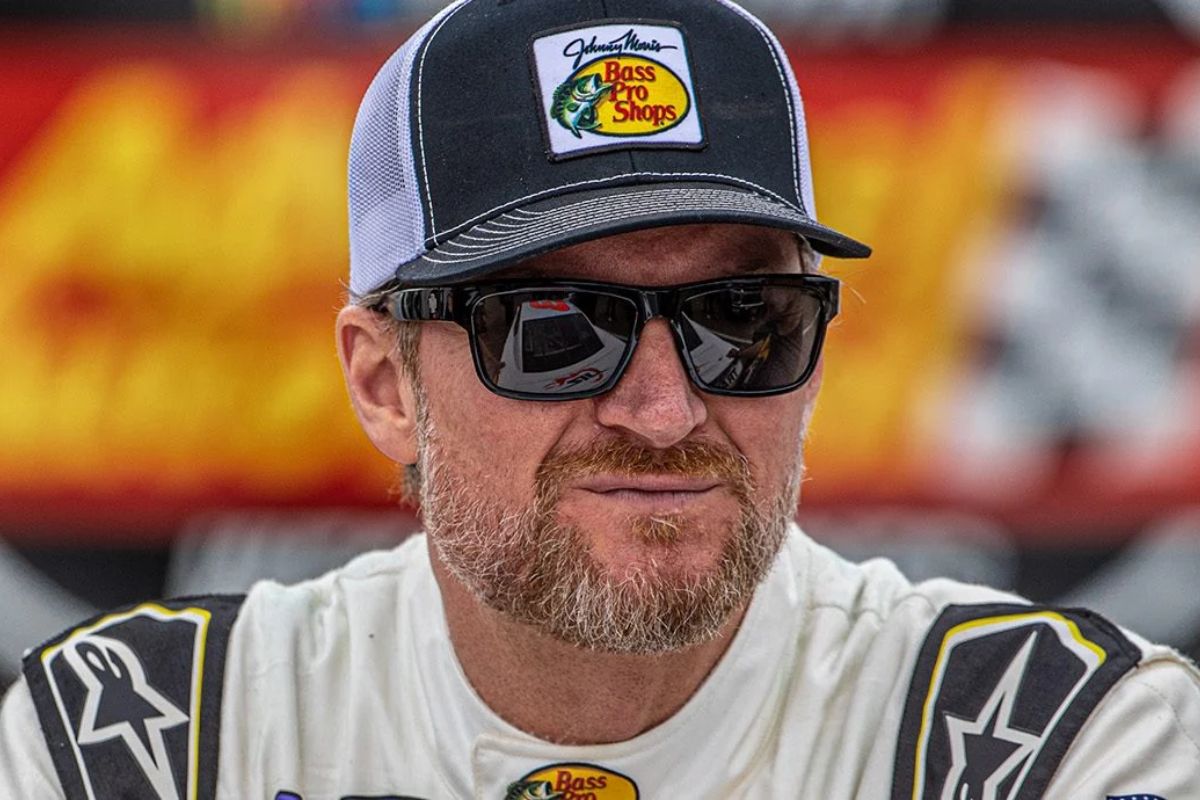Dale Jr.’s Retirement Insight: Dale Earnhardt Jr.‘s retirement at 43, emphasizing health over career, highlights a significant shift in how longevity and legacy are perceived in motorsports. His championing of Iowa Speedway for Cup Series inclusion raises important questions about balancing tradition with innovation in NASCAR’s scheduling. By advocating for tracks that merge thrilling action with strong fan support, Earnhardt Jr. invites a reevaluation of what constitutes a premier racing venue. How will NASCAR respond to these insights, and what implications might they have for the future landscape of the sport? The answers may redefine the path forward for both drivers and fans alike.
Key Highlights
- Dale Earnhardt Jr. retired at 43 due to head injury concerns, prioritizing long-term health.
- His retirement shows the importance of balancing athletic legacy with personal well-being.
- Earnhardt Jr. champions Iowa Speedway’s inclusion in the Cup Series for its exciting races and fan engagement.
- He believes Iowa Speedway offers more thrilling on-track action than some new road course events.
- Advocating for Iowa Speedway aligns with balancing traditional circuits and dynamic venues in NASCAR.
Dale Earnhardt Jr’s Retirement Perspective
Dale Earnhardt Jr.’s decision to retire from NASCAR in 2017 was primarily driven by his concerns over long-term health effects from head injuries, despite his enduring competitiveness in the sport. This reflective choice highlighted a significant shift in the prioritization of personal well-being over professional ambition.
Earnhardt Jr., a figure synonymous with NASCAR’s storied history, recognized the profound implications of repeated concussions—a reality that many athletes face but few openly confront.
His retirement emphasized a growing awareness within the motorsports community about the latent dangers of head trauma. Earnhardt Jr.’s open discussions about his struggles with concussions brought to light the often-overlooked aspects of an athlete’s life, where the pursuit of glory can sometimes overshadow crucial health considerations. His openness about his condition served as a catalyst for broader conversations on safety protocols and the long-term health of drivers.
Despite stepping away from full-time racing, Earnhardt Jr. continues to engage with the sport through occasional participation in the Xfinity Series and Late Model events. This selective involvement demonstrates his passion and capability, even as he nears 50. It is a reflection of his enduring skill and mental acuity, proving that while he may have retired from the relentless demands of NASCAR’s premier series, his racing spirit remains undiminished.
Earnhardt Jr.’s balanced approach to retirement—valuing both his health and his love for racing—provides a compelling narrative for athletes at similar crossroads. His path offers a blueprint for making informed decisions that respect both one’s professional legacy and personal longevity.
Retirement Age of NASCAR Drivers
The retirement age of NASCAR drivers often centers around 43, with many veterans choosing to step away from the sport as performance declines become more apparent. This trend is not arbitrary; it reflects the physical and mental demands of high-speed racing, which can take a toll over time. The precision, reflexes, and endurance required to compete at a high level can diminish with age, leading many drivers to conclude their careers around this age bracket.
Dale Earnhardt Jr., a respected voice in the NASCAR community, has often discussed this phenomenon, noting that while each driver’s path is unique, the age of 43 serves as a common milestone. Earnhardt Jr. himself retired at 43, although his decision was influenced significantly by health concerns, particularly a series of concussions that highlight the risks inherent in the sport. His retirement brought attention to the broader issue of driver safety and the long-term impacts of racing on physical health.
“So when I was retiring, my head injuries and stuff were concern for me so I was thinking I need to stop doing this every single week. Take myself out of some of those events that I thought were more potentially dangerous for me. I knew I was retiring early, at least in my mind, and I felt, I still feel sharp enough, you enough to jump in there and do it right now at 50 or 49, soon to be 50.” – Dale Jr
Other notable drivers, such as Jeff Gordon and Tony Stewart, have also retired in their early forties, reinforcing the notion that this age marks a natural endpoint for many in the sport. Their retirements, while often seen as the closing of illustrious chapters, also highlight a critical point where experience and physical capability intersect.
“I don’t think old, but I knew I was retiring earlier than I wanted to, or most likely retire and so to ease my mind a little bit, I went in and dove into maybe a dozen race car drivers that had retired recently. Bobby Labonte, Tony Stewart, and a handful of other guys. And I looked at how they performed beyond 43, and in most cases, their results and their success began to dwindle beyond that age.” – Dale Jr
Dale Jr’s Advocacy for Iowa Speedway
Having retired from NASCAR with significant influence, Dale Earnhardt Jr. has now turned his attention to advocating for the inclusion of Iowa Speedway in future Cup Series schedules. His endorsement follows the unexpectedly successful Corn 350 Cup Series race at Iowa Speedway, a display that highlighted the track’s potential as a consistent venue for top-tier NASCAR events.
Dale Jr. has lauded the exceptional racing that Iowa Speedway offers, particularly emphasizing the thrilling action and multi-groove racing that the track facilitates. He argues that the unique characteristics of Iowa Speedway make it a prime candidate for more frequent inclusion in the NASCAR Cup Series, suggesting that the venue could provide more excitement and competitive racing compared to potential new road course events in places like Mexico City. This advocacy reflects his broader vision for the sport—prioritizing tracks that deliver dynamic and engaging racing experiences for both drivers and fans.
The Corn 350’s success stands as an indication of Iowa Speedway’s capacity to deliver high-caliber NASCAR events. Dale Jr.’s position is that the track’s distinctive racing environment—where multiple racing lines enable overtaking and strategic diversity—enhances the overall spectacle of the races. His support for Iowa Speedway is not merely based on personal preference but is grounded in the compelling on-track performance and fan reception observed during the event.
Performance Review of Recent NASCAR Races
Recent NASCAR races have highlighted a range of performances, with the Iowa short track race standing out as a standout event this season. Dale Jr. has particularly ranked this race as the best of the season, even outshining the prestigious Bristol night race. This evaluation is a confirmation of the quality of competition and the fervent support from local fans that the Iowa Speedway has garnered.
The action at Iowa was characterized by tight racing, strategic pit stops, and an electric atmosphere that resonated with both drivers and spectators equally. The short track dynamics allowed for frequent lead changes and close-quarters racing, which kept the audience on the edge of their seats. The race’s unpredictability and significant importance provided a stark contrast to the more spread-out nature of road courses, offering a compelling case for greater emphasis on such venues in the future.
In terms of individual performances, several drivers demonstrated notable skill and tenacity. Veterans displayed their experience by maneuvering the challenging track with precision, while emerging talents seized the spotlight to make their mark. This blend of seasoned expertise and youthful exuberance contributed to a race that was as thrilling as it was unpredictable.
The success of the Iowa event emphasizes the potential for short track races to enhance the excitement and engagement of the NASCAR season. The local support and the quality of racing exhibited at Iowa Speedway make a strong argument for its inclusion in future schedules. As NASCAR continues to evolve, the performances at recent races, particularly at Iowa, highlight the importance of balancing traditional circuits with dynamic, fan-favorite venues.
Critique of NASCAR’s Schedule Decisions
Amid growing discussions on the future direction of NASCAR’s schedule, Dale Jr.’s critique highlights a significant debate over the balance between road courses and traditional short-track events. His stance emphasizes the importance of preserving the essence of NASCAR racing, which, according to many enthusiasts, lies in the adrenaline-pumping action of short-track events.
Dale Jr. has voiced concerns over NASCAR’s rumored plans to increase the number of road course races. While road courses offer a unique challenge and attract a diverse fan base, there is a palpable fear that an overemphasis on these tracks could diminish the core experience that has long defined NASCAR.
“NASCAR’s in a tough spot, they want to go to Mexico, and I don’t think that’s been announced yet. I’m hoping that it’s not going to happen because I don’t want to go to Mexico; I’d rather go to Iowa after what I saw. You know I don’t love road courses, right?” – Dale Jr
Traditional short tracks, like Iowa D-shaped oval track, are celebrated for their intimate fan engagement and the thrilling, close-quarters racing they promote.
Despite previous controversies surrounding track changes at Iowa, the track remains a symbol of the grassroots racing culture that many feel is essential to the sport’s identity. Dale Jr.’s advocacy for maintaining and even expanding these short-track events is a call to honor the sport’s heritage while balancing the need for innovation and growth.
The tension between tradition and change is a familiar narrative in sports, but in NASCAR, this discussion has reached a critical moment. Ensuring that the schedule reflects a mix that satisfies both purists and modern enthusiasts is no small task. However, Dale Jr.’s insights suggest that a thoughtful approach, one that respects the legacy of tracks like Iowa Speedway while cautiously embracing new formats, could offer a roadmap for NASCAR’s future.
News in Brief: Dale Jr.’s Retirement Insight
Dale Earnhardt Jr.’s retirement at 43 highlights the crucial balance between health and professional ambition in motorsports. His support for Iowa Speedway’s inclusion in the NASCAR Cup Series schedule demonstrates a detailed understanding of the sport’s need for both tradition and innovation.
The focus on driver well-being and diverse track selection indicates a forward-thinking approach that respects NASCAR’s heritage while championing its future evolution. This dual focus is paramount for maintaining the sport’s competitive and cultural significance.
ALSO READ: Dale Earnhardt Jr. Thrilled as Goodyear’s NASCAR Innovation Pays Off



